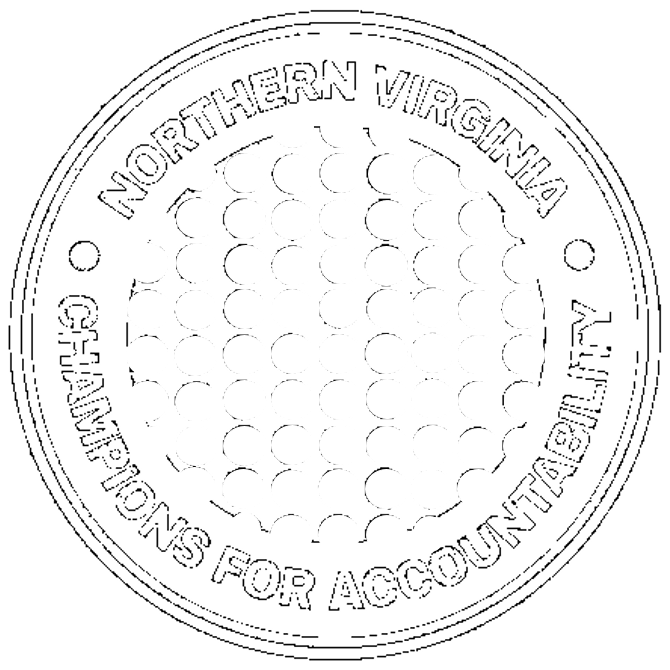by Emily M. Harper, CFP®, Vice President & Partner, Monument Wealth Management
Don’t overlook the power of Qualified Charitable Distributions, or “QCDs” for charitably-inclined clients over 70 ½. A QCD allows IRA money to be donated directly from the IRA to charitable organizations. In 2024, each client can donate up to $105,000 through a QCD (or $210,000 for married couples filing jointly), and that limit will be indexed for inflation going forward.
QCDs count toward Required Minimum Distributions (“RMDs”) for clients who have reached age 73. By redirecting a portion or all of their RMD from IRAs to a qualified charity, clients can both lower their taxable income and potentially unlock additional savings.
When clients utilize QCDs, the distribution is excluded from their adjusted gross income (AGI). Managing and reducing AGI in retirement is beneficial in several ways:
- It can lead to lower Medicare premiums. The Income-Related Monthly Adjustment Amount (IRMAA) is tied to Modified Adjusted Gross Income, not taxable income, so controlling the amount of income a client realizes can be powerful in staying in a lower IRMAA tier and paying less for Medicare Parts B&D.
- AGI influences how much of a client’s Social Security benefit will be subject to income tax.
- Lower AGI may help a client claim more in deductions and credits that are tied to AGI or limited to a certain threshold of AGI, such as medical expenses, furthering the potential tax savings.
- Giving an amount above the RMD or beginning QCDs before 73 can help lower the balances in IRAs, possibly lowering future RMD amounts.
There are a few things to keep in mind to ensure success when leveraging QCDs as year-end approaches:
- A donor-advised fund (DAF) is NOT an eligible recipient of a QCD. The community foundation can work with your clients to establish a designated fund or field-of-interest fund to receive the IRA distribution. Your client may also want to consider making an unrestricted gift to the community foundation’s endowment through a QCD to support the community foundation’s work over the long term.
- Year-end is a busy time for both the community foundation and your custodian. Please reach out to the community foundation to start the conversation sooner than later. While QCDs are a relatively easy and tax-effective giving strategy, there are still important steps and paperwork that must be handled correctly and it’s better not to rush. Many custodians have deadlines well ahead of year-end, after which distributions are made on a best-efforts basis.
- QCDs are only powerful tax savings tools if they are reported correctly at tax time. The 1099-R issued in Q1 for the IRA distribution will not report a charitable distribution. The community foundation will provide a receipt for the donation, but clients and their tax advisors don’t always put two and two together when preparing the tax return, especially if the tax advisor isn’t aware a QCD took place. A simple tax checklist delivered in Q1 can go a long way in creating clarity for everyone.
Start the conversation now if your clients still need to take their RMDs or shore up their charitable plans for the year. The community foundation is an invaluable partner to include in the conversation when it comes to helping clients achieve their charitable giving goals through QCDs and beyond!

The Community Foundation team is happy to help you structure charitable giving tools and plans to achieve your clients’ philanthropic goals—whether through beneficiary designations or any other type of charitable giving vehicle. This email address is being protected from spambots. You need JavaScript enabled to view it.!
The information contained in this article is provided for informational purposes only. It is not intended as legal, accounting, or financial planning advice.


 Questions?
Questions?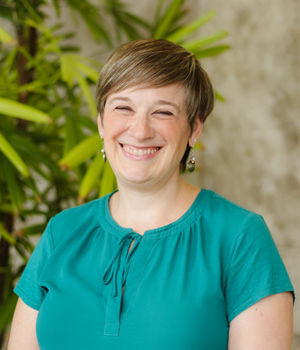 Questions?
Questions?

